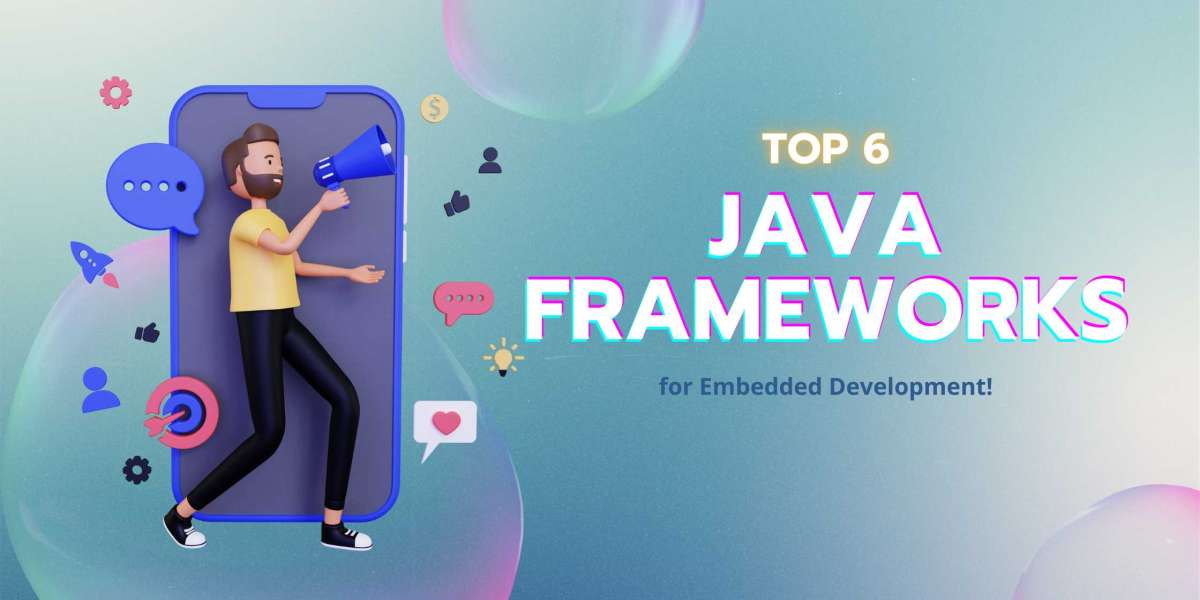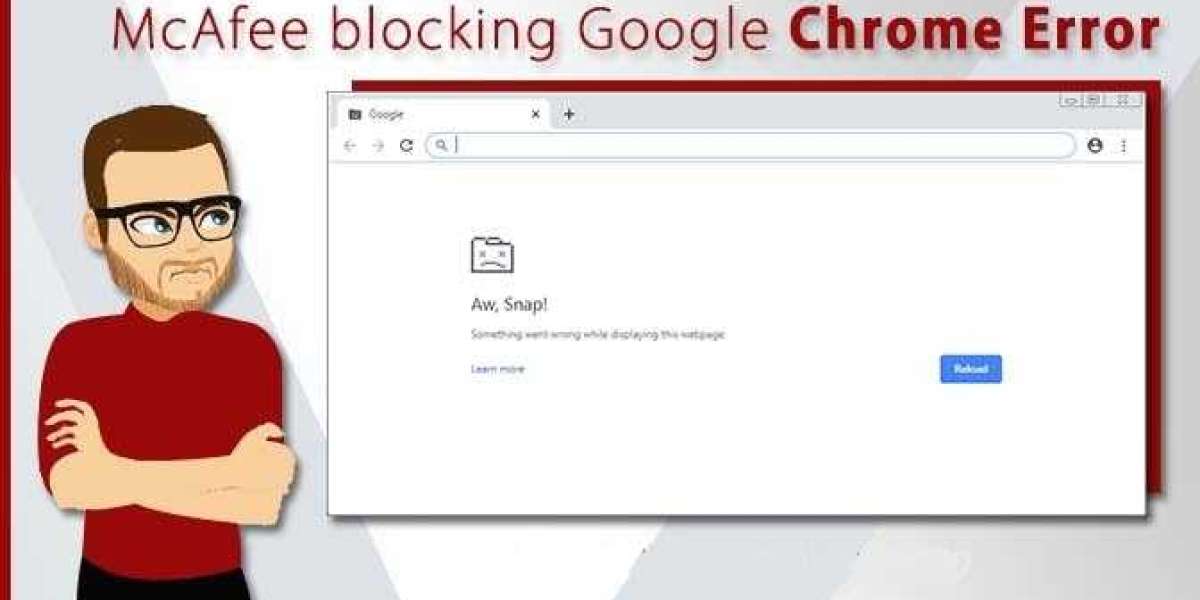Java is one of the most sought-after programming languages of our time for several reasons, but most because of the founder’s ‘write once, run anywhere’ vision. Embedded frameworks, such as Android, Jersey, Dropwizard, and more are testimony to the popularity of Java development services.
Here is a list of some of the most commonly used Java frameworks used for embedded development:
Android
Android is perhaps the most commonly used Java embedded framework. Even though it was introduced to be the foundation for developing apps for smartphones, its use has now been extended to cover several other devices that support Android app development. While there are several companies that offer custom Java development using the basic Android libraries, there are others that use frameworks build on top of Android, such as Ionic, Flutter, and Framework 7.
Jersey
Jersey is the most preferred framework when offering Java application development services where an embedded device needs to respond to RESTful events. The framework is optimized to juggle the incoming and outgoing JASON packets. Jersey also possesses the ability to ‘chunk’ responses.
Vert.x
If you plan on building a full-featured web application as a part of your Java web development services, Vert.x could be your best bet. Vert.x is broken into modules, and has reliable networking and file system protocols. Vert.x modules, such as OpenAPI and API Services are ideal for embedded tasks.
Dropwizard
Most Java developers use Dropwizard when they want to create quick, effective, and RESTful custom Java development services. It makes a great choice for embedded applications too. Other devices can access the service through its API, and you can control, and configure devices using the web services API. Developers can manage the service using static HTML pages, and a little bit of JavaScript.
Apache Mina
Any application that requires a strong networking layer can use Apache Mina to securely and reliably manage a variety of NDP or TCP connections. Developers can approach incoming and outgoing data in a more abstract manner because the code is built on top of the new IO classes (Java NIO). The code for Apache Mina is primarily event-driven, saving developers from having to pay attention to the network interface.
Oracle Event Processing
Data collection is one of the primary jobs of an embedded device. For example, embedded devices are used on factory floors to monitor for irregularities and track productivity. The devices may record events, filter them, and send them on as needed thanks to the Oracle Event Processing framework, a scaled-down version of the Oracle Event Driven Server. Since some of the configuration syntax is derived from SQL, learning it is not too difficult. The event processing model of the framework can also delve into the event stream to search for correlations and other data patterns.
The Bottom Line
While these embedded frameworks are extremely useful and simplify development to a great extent, there is a section of developers who take to the standard Java version for getting the libraries and features they are likely to need.
Then, there is Java Micro Edition, that has various versions with some of these specifically designed for embedded systems. These particular versions provide the developers with important Java libraries, such as the OAuth library, and the JSON library.
A number of developers with larger, more powerful boards often use Java Standard Edition when programming embedded applications on small devices. Whether or not you need a Java framework for embedded development solely depends on your skillset and the project at hand.








